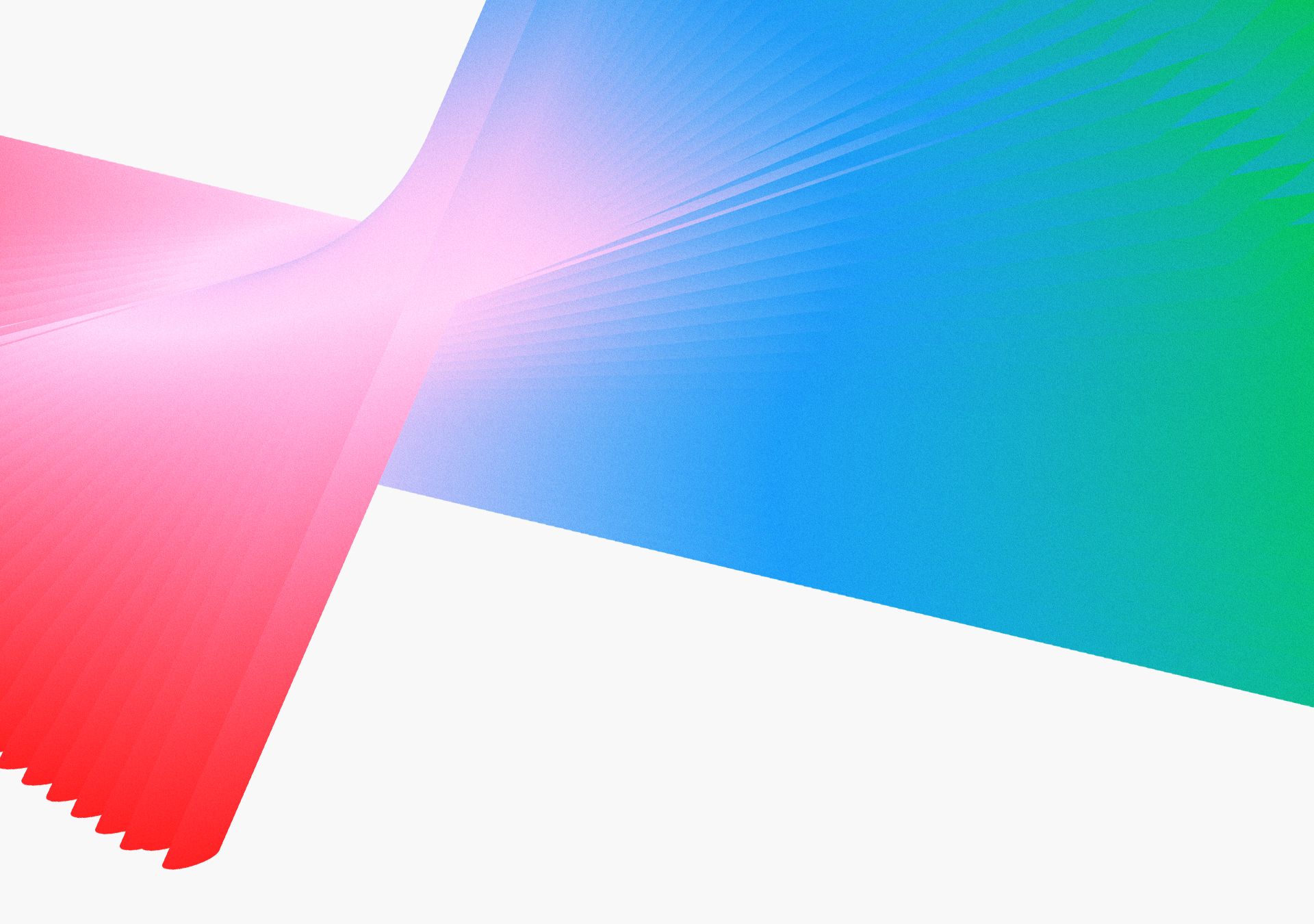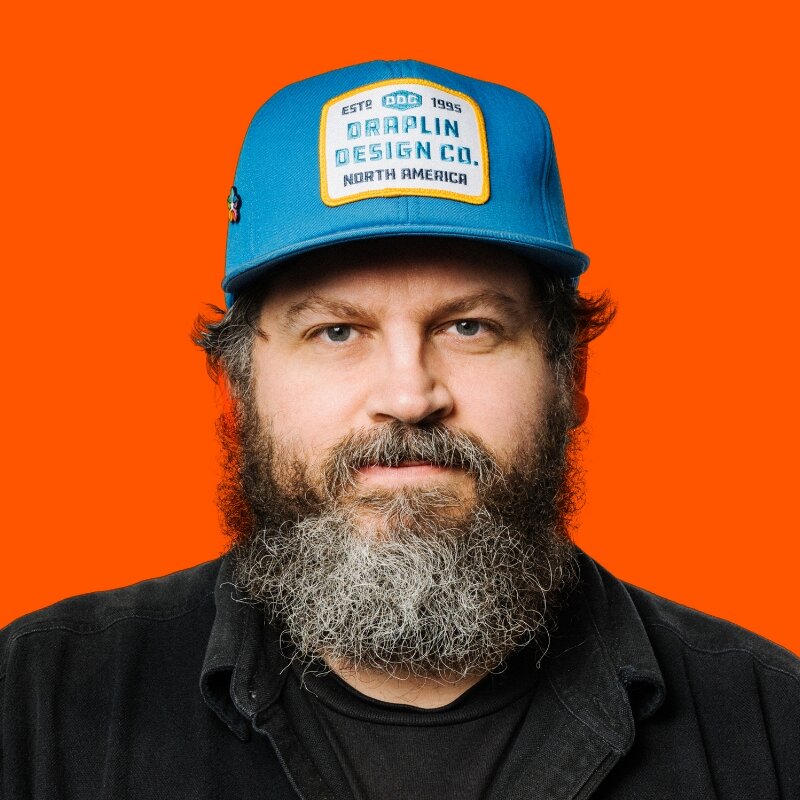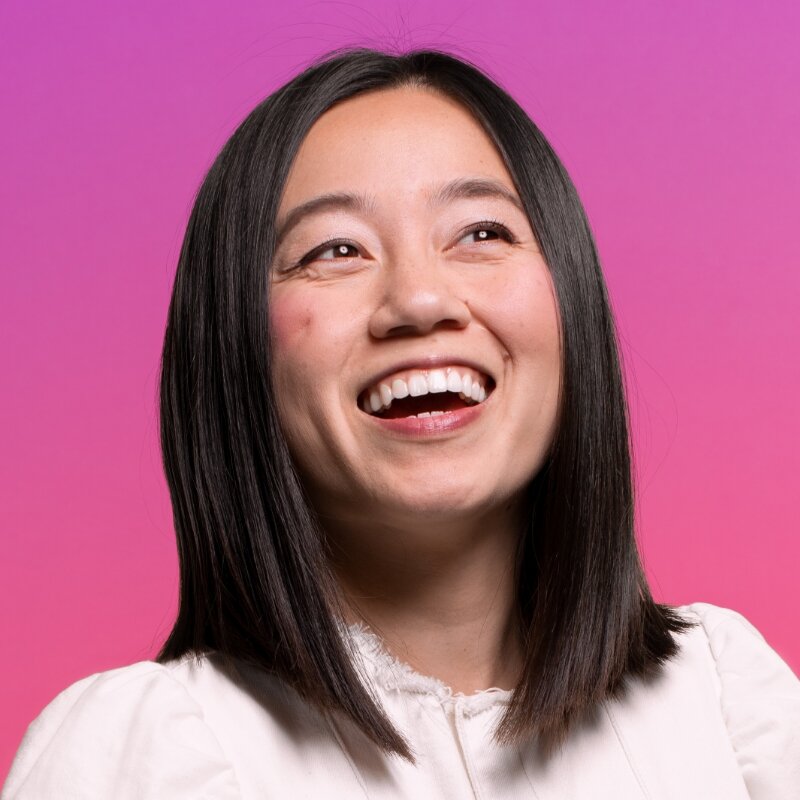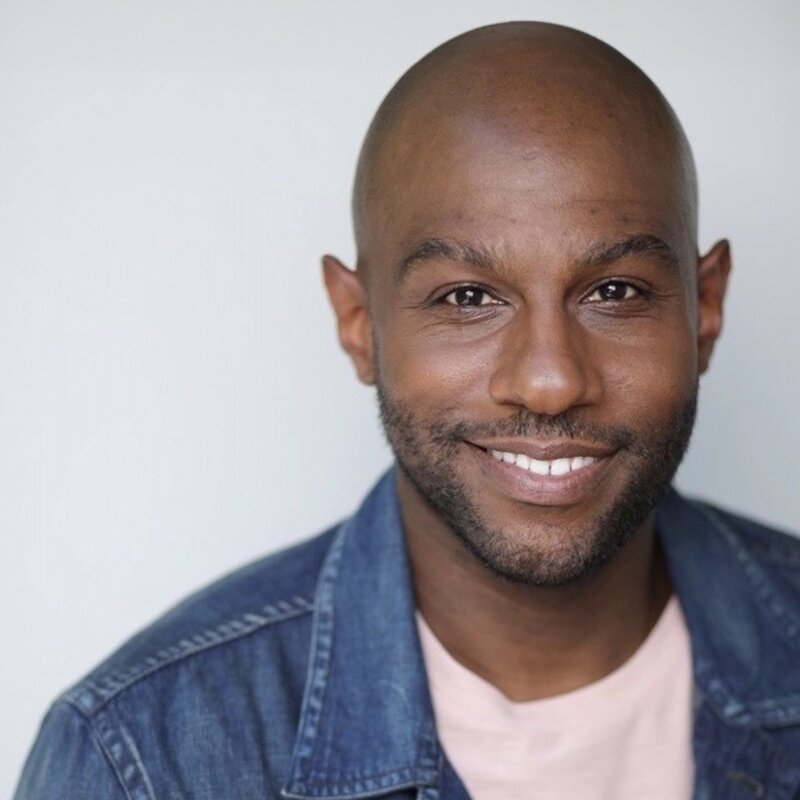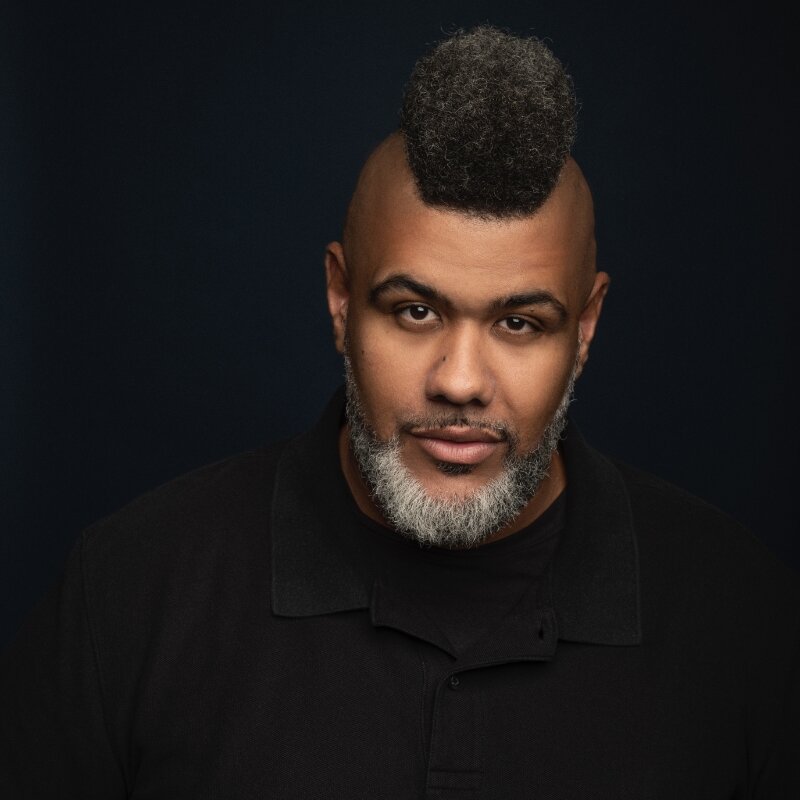Walker Noble is the creative visionary behind Walker Noble Studios, a dynamic force in the world of art, design, and interior aesthetics. Based in Los Angeles, Walker embarked on an inspiring journey to entrepreneurship, co-founding the studio with his wife, Didi.
With a diverse background spanning art direction, interior design, and a deep-rooted passion for fine arts, Walker's path to creative entrepreneurship was marked by a courageous decision to leave behind a corporate career and pursue his creative dreams. In addition to being a creative entrepreneur, he is also a proud father.
As the Creative Director, Walker leads with a unique perspective, infusing his work with elements of nature, world culture, design aesthetics, and the inspiration drawn from his extensive travels.
Walker Noble Studios is a versatile venture, specializing in art prints, original artworks, and interior design projects. The studio's portfolio extends to include designs for apparel, hardware, software, textiles, and more. With numerous licensing deals and a commitment to crafting bespoke pieces that capture the essence of each client's space, Walker Noble Studios offers a diverse range of creative solutions.
What sets Walker apart is not only his exceptional artistic talent but also his unwavering commitment to making art and design accessible to everyone. He believes that art transcends boundaries of race, gender, creed, and nationality. His vision is a world where everyone, regardless of income level, can enjoy and appreciate the beauty of art in their lives.
Walker's impeccable reputation has led to collaborations with renowned retailers such as West Elm, Pottery Barn, Yeti, Patagonia, Madewell, Welly, Target, Walmart, and TJX Companies just to name a few. His innovative designs and commitment to quality have earned him recognition and features in prestigious publications such as the Los Angeles Times, Architectural Digest, Domino, Ebony, and many more.
Looking ahead, Walker's aspirations include forging even larger partnerships, expanding collaborations, and building an empire within the realm of home, art, and design.
With Walker at the helm, Walker Noble Studios is poised to continue leaving an indelible mark on the world of creativity and aesthetics, one masterpiece at a time, all from their base in Los Angeles.
